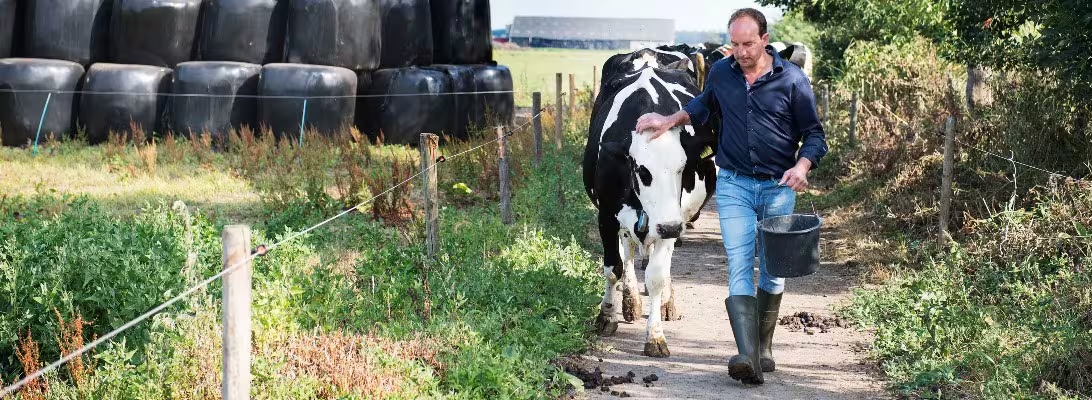How Soil Regeneration can Prevent Erosion

eyesonbrasil
Soil erosion is a critical environmental issue with far-reaching consequences. Let’s explore its impacts and effective measures for soil improvement and regeneration:
1. Impacts of Soil Erosion

Soil erosion poses several challenges:
- Loss of Topsoil: Erosion removes the fertile top layer of soil, which contains essential nutrients for plant growth. This loss reduces crop productivity and threatens food security.
- Reduced Soil Fertility: Eroded soil becomes less fertile due to nutrient depletion. Crop yields decline, affecting farmers’ livelihoods and global food production.
- Water Pollution: Sediments carried by eroded soil can contaminate water bodies, impairing water quality and harming aquatic ecosystems.
- Increased Flooding: Eroded sediments clog rivers and streams, leading to floods. Proper soil management can prevent such disasters.
- Climate Change Impact: Soil erosion releases stored carbon into the atmosphere, exacerbating climate change. Healthy soil acts as a carbon sink.
2. Measures for Soil Improvement and Regeneration

To combat soil erosion and enhance soil health, consider the following strategies:
- Minimize Tillage: Reduced tillage practices help maintain soil structure and prevent erosion. No-till or conservation tillage methods are effective.
- Increase Organic Matter: Adding compost, manure, or cover crops enriches soil with organic matter. This improves soil structure, water retention, and nutrient availability.
- Implement Regenerative Agriculture: Beyond organic farming, regenerative practices focus on ecosystem health. These include crop rotation, agroforestry, and holistic land management.
- Use Beneficial Microbes: Microorganisms enhance soil fertility. Techniques like compost tea and microbial inoculants introduce beneficial bacteria, fungi, and protozoa.
- Payment Systems for Ecosystem Services: Reward farmers for soil conservation efforts. Carbon sequestration, water retention, and biodiversity enhancement can be incentivized.
Conclusion
Soil regeneration is our shared responsibility. By adopting sustainable practices, investing in education, and supporting farmers, we can restore soil health, mitigate climate change, and secure a resilient future for all. 🌱🌎123







